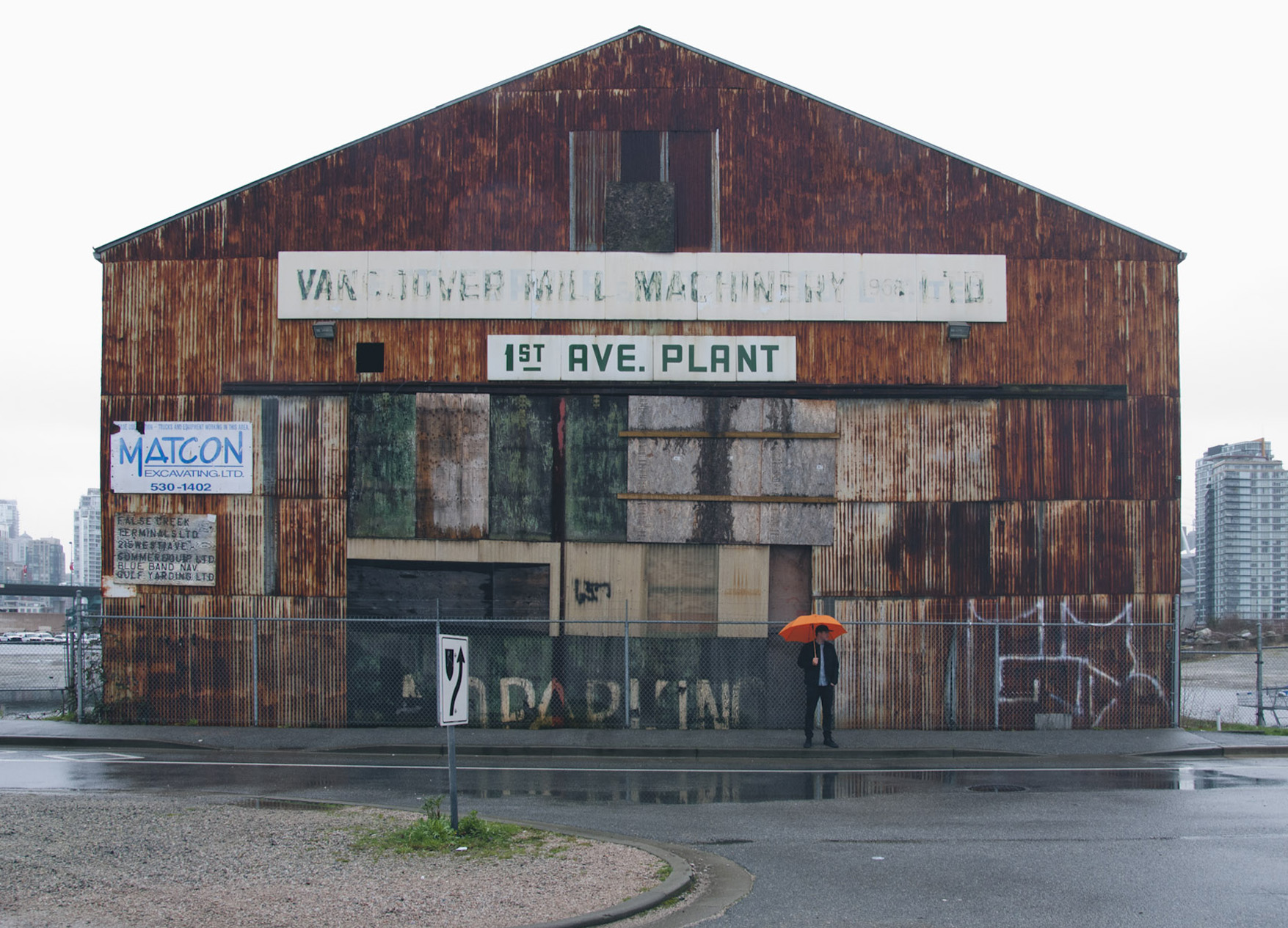Heritage preservation in Vancouver recently came back to the forefront with the ongoing review of the Heritage Action Plan. Vancouverites have been lamenting the destruction of some of the city’s oldest homes, often replaced by large, characterless construction that seems out of place with the remaining streetscape. Despite our appreciation for the city’s built heritage, most Vancouverites are can identify with the saying ‘familiarity breeds contempt’ - we walk along city blocks without truly understanding how the streetscapes and neighbourhoods that we are trying to protect came to be.
Except John Atkin, whose familiarity with Vancouver’s neighbourhoods has bred insight and a deep appreciation for the city’s streetscapes and heritage conservation.
John grew up in Victoria, surrounded by conversations about heritage, architecture, and city planning. When he moved to Vancouver for art school, he realized there was little awareness of Vancouver’s history and how that had affected the built form. In 1991 John co-founded the Heritage Vancouver Society with Michael Kluckner, an independent heritage advocacy group dedicated to “Creating a Future for Vancouver’s Heritage” (Heritage Vancouver Society). John also offers heritage walking tours, which are extraordinarily insightful and interesting – he is a walking repository of information and can tell you something interesting about almost every house on the block (check out his website for the next tour date).
We were fortunate enough to have John give us a walking tour of the Grandview-Woodland neighbourhood, and while we learned lots about a neighbourhood that we thought we already knew well, what we really got was a new way of looking at our streetscapes. Heritage preservation is about more than conserving perfectly restored houses with all the quintessential architectural elements. It’s about understanding how history has influenced a streetscape, the growth of a neighbourhood, and the landscape of the city.
The eastern boundary of the Grandview-Woodland neighbourhood is at Nanaimo Street (everything east of Nanaimo Street was the Hastings Townsite which didn’t join the city until 1912). Investors in the area thought the advent of the Nanaimo Street streetcar would help open up the area, but with limited service on a single track development in this area lagged behind that centred around Commercial Drive’s Interurban streetcar line. Instead, development around Nanaimo Street came gradually, though the School board did construct Lord Nelson Elementary School at Charles Street and Garden Drive, which opened in 1911.
Development in Grandview-Woodland occurred in waves, which is evident in the character of the streetscape. Looking along Charles Street, the Arts and Crafts and Edwardian homes were built by small-scale builders prior to the start of the depression in 1913. John is an expert at describing the events and people involved in shaping the neighbourhood. He has researched the history of Grandview-Woodland, as well as most other neighborhoods in Vancouver, with a level of rigour that would rival that of a crime detective. With this knowledge, John describes different urban planning phenomena such as the large retaining walls that hold back the front lawns of several houses. These are a byproduct of the city levelling the street grades and therefore lowering the elevation of the land in front of existing homes. The walls were constructed to prevent the homes from tumbling into the new road. John also describes the history behind street names, such as Kitchener Street, known as Bismarck Street prior to World War I. Residents living on Bismarck Street demanded that the German name of their street be changed to something that showed their support of the British Empire. The evidence of this name change can still be seen on the sidewalk where city labourers removed the concrete embossed with Bismarck and replaced it with Kitchener.
The Canadian Pacific Railway was instrumental in shaping Vancouver west of Ontario Street – as the developers, the company was able to lay down a comprehensive grid system and prescribe things like setbacks and building height. East of Ontario Street, however, the road layout developed organically, as development occurred at different times and by small-scale builders. As a result, the grid system is arbitrary in some areas with roads dead-ending at what was formerly a field or orchard. The small-scale developers that first built in the neighbourhood typically owned enough land to construct two or three houses and repeated the design to save money. Today, these "house twins" are often disguised by nearly one hundred years of renovations. However, John is quick to point out the similarities in the windows, the design of the roof line, and the layout of the front porch. One developer built eight homes along Lakewood Drive using the same plan. Today, however, their likeness is almost indistinguishable.
Building largely stopped until after World War I, at which time infill houses were built around the previous developments. Vancouver Specials popped up in the 1960s, followed by another surge of new buildings in the 1990s. While some might overlook this patchwork streetscape, John showed us how this lack of consistency has created the neighbourhood’s character (though arguably some houses have more character than others). Hundred year old homes that have been painted in vibrant colours and smaller infill modern homes that recall the vernacular architecture of the area are a new phenomena that allow the neighborhood to evolve and remain liveable. It seems that the historical houses and planning anomalies have fostered a neighbouhood that is active, engaged, and forward-thinking. This is seems to be the true value of heritage and neighbourhood preservation.
John offers several other walking tours, which can be found on his website. They are each as fascinating as the last for both visitors and locals and are, in our opinion, the only way to learn the true history behind the city. The next time you are wandering down a city street, take some time to look at how the neighbourhood developed around transit, schools, and economic forces. Not only does each house have its own story, so too does each street.































































